The Cerebrovascular disease
Cerebrovascular disease presents a formidable barrier to neurological health, disrupting the blood vessels essential for brain function and potentially resulting in substantial, life-altering repercussions. As a multifaceted condition encompassing strokes, transient ischemic attacks (TIAs), and other vascular issues, cerebrovascular disease demands our attention and understanding. In this blog, we embark on a journey to unravel the complexities of cerebrovascular disease, exploring its causes, symptoms, diagnostic approaches, and strategies for effective management and prevention.
Cerebrovascular disease arises from disruptions in blood flow to the brain, often stemming from conditions such as atherosclerosis, hypertension, and arterial stenosis. These disruptions can culminate in ischemic strokes, characterized by blood vessel blockages, or hemorrhagic strokes, marked by vessel ruptures. TIAs, transient episodes of neurological dysfunction, serve as harbingers of impending stroke risk and warrant urgent medical attention.
Symptoms of Cerebrovascular disease:

The signs and symptoms of cerebrovascular disease may vary depending on the particular condition and the specific region of the brain that is affected. However, common symptoms may include:
- Sudden weakness or numbness, typically on one side of the body.
- Aphasia.
- Vision disturbances, such as blurred or double vision.
- The presence of a severe headache lacking an apparent cause may be indicative of an underlying health concern that necessitates prompt medical assessment.
- Dizziness or loss of balance and coordination.
- Trouble walking or maintaining balance.
- Nausea or vomiting, especially if accompanied by other neurological symptoms.
- Facial drooping or weakness, particularly on one side.
Types of cerebrovascular disease:
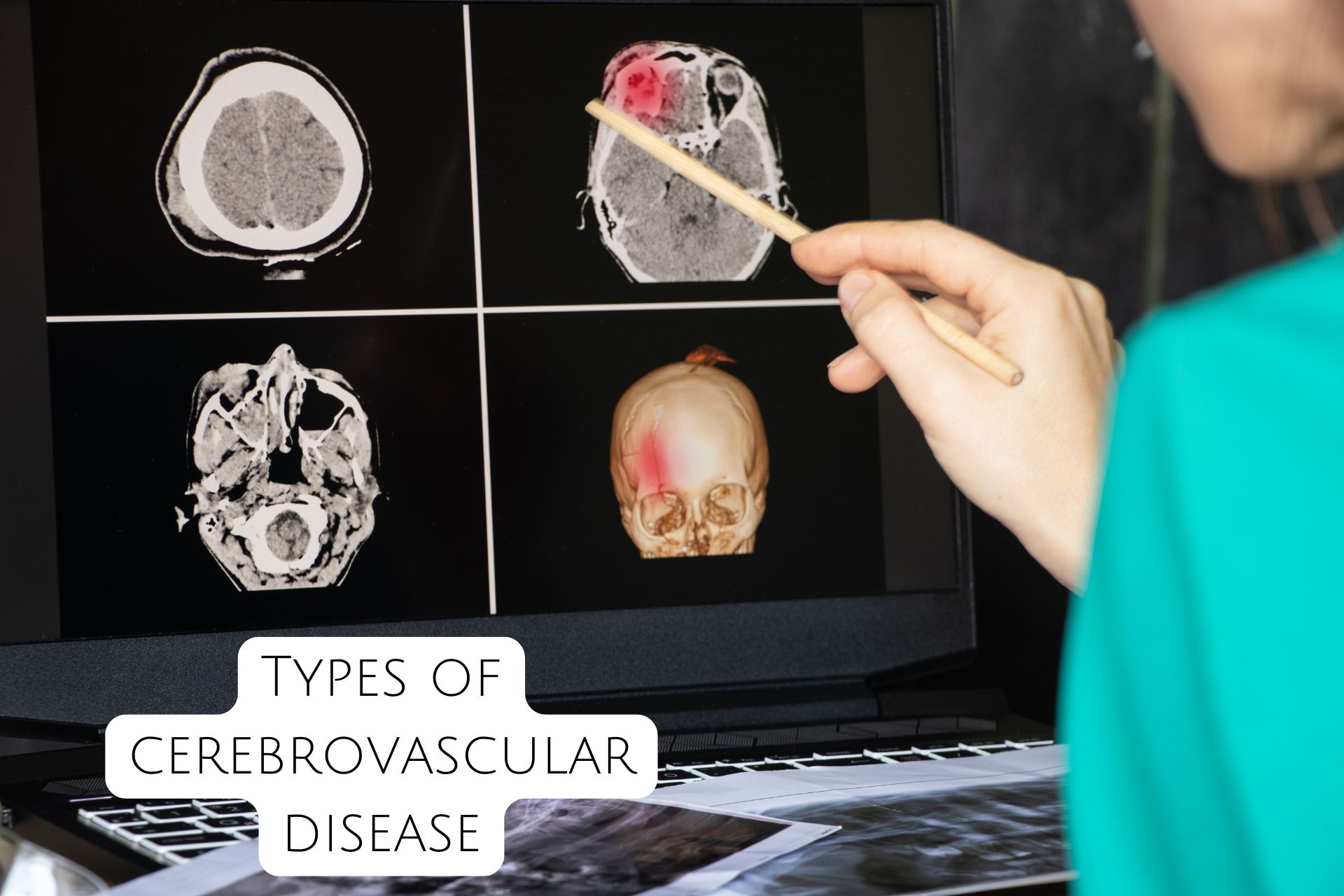
Cerebrovascular disease encompasses several types of conditions that affect the blood vessels supplying the brain. The main types include:
Ischemic Stroke:
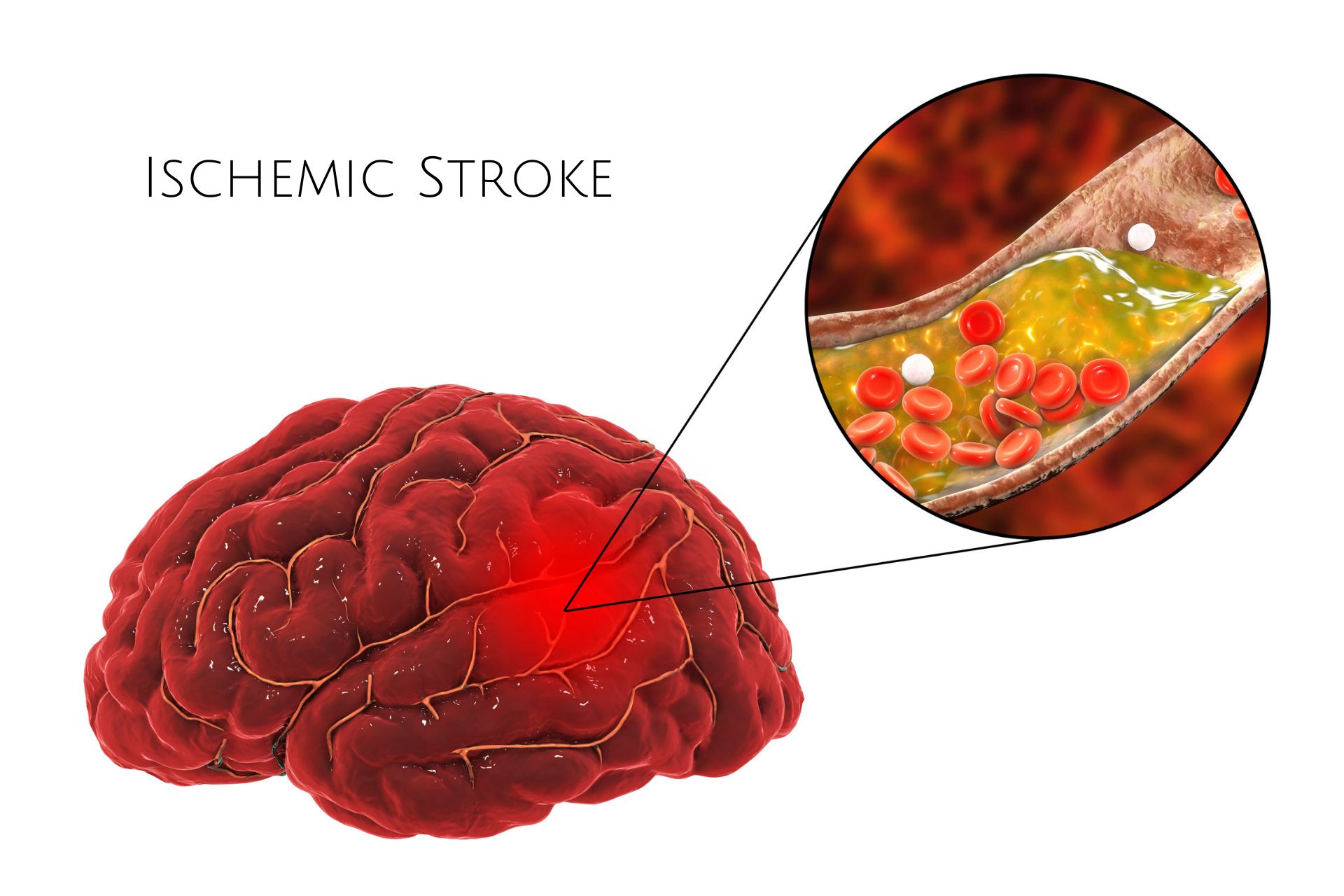
Ischemic strokes occur when a blood vessel supplying the brain becomes blocked or narrowed, leading to a lack of blood flow and oxygen to brain tissue. The blockage may be caused by a blood clot (thrombus) that forms within the blood vessel or by a clot that travels from elsewhere in the body (embolus).
Hemorrhagic Stroke:
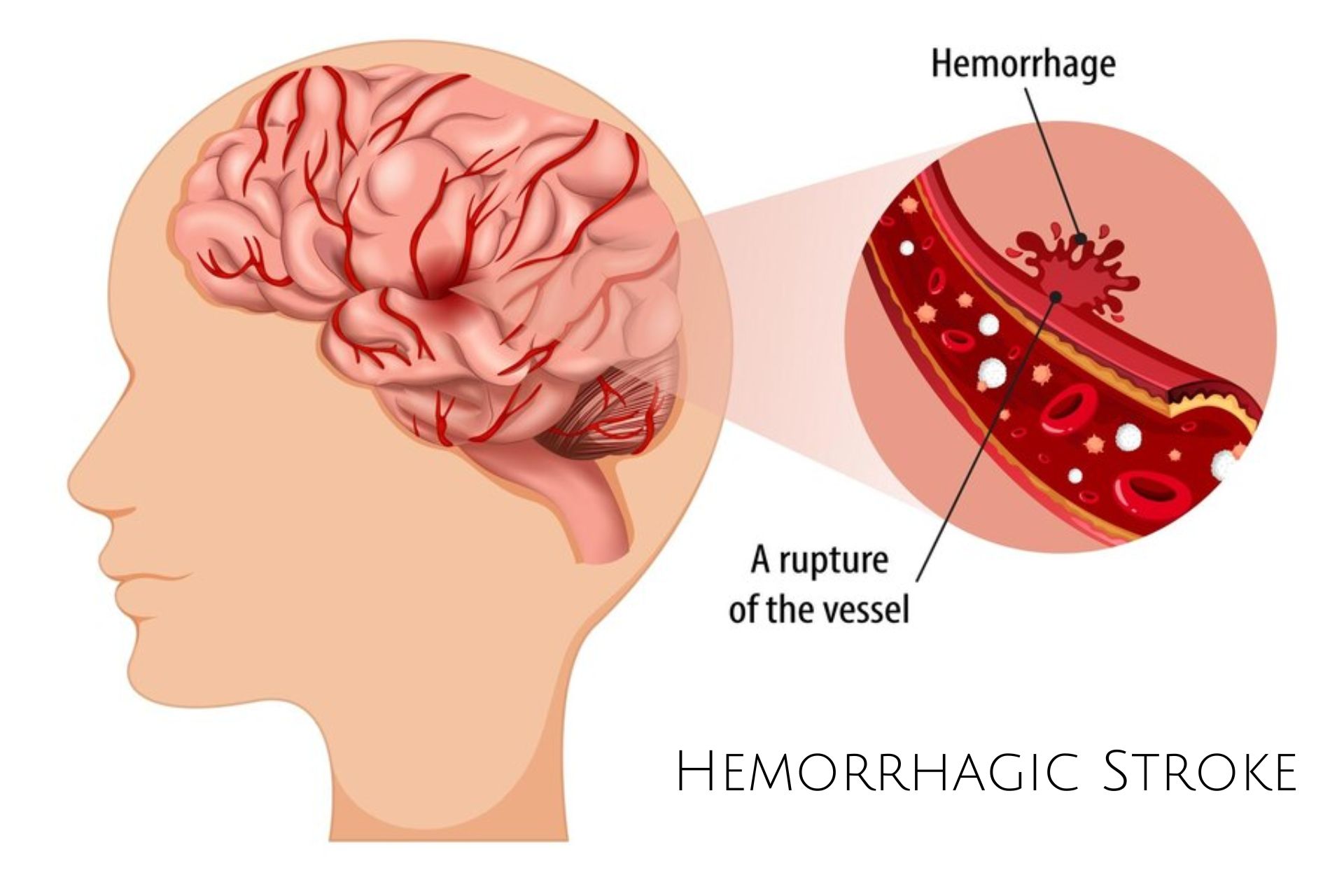
In hemorrhagic strokes, blood vessel rupture within the brain results in bleeding that permeates the surrounding brain tissue. This can happen due to conditions such as hypertension (high blood pressure), aneurysms (weak spots in blood vessel walls), or arteriovenous malformations (abnormal tangles of blood vessels).
Transient Ischemic Attack (TIA):
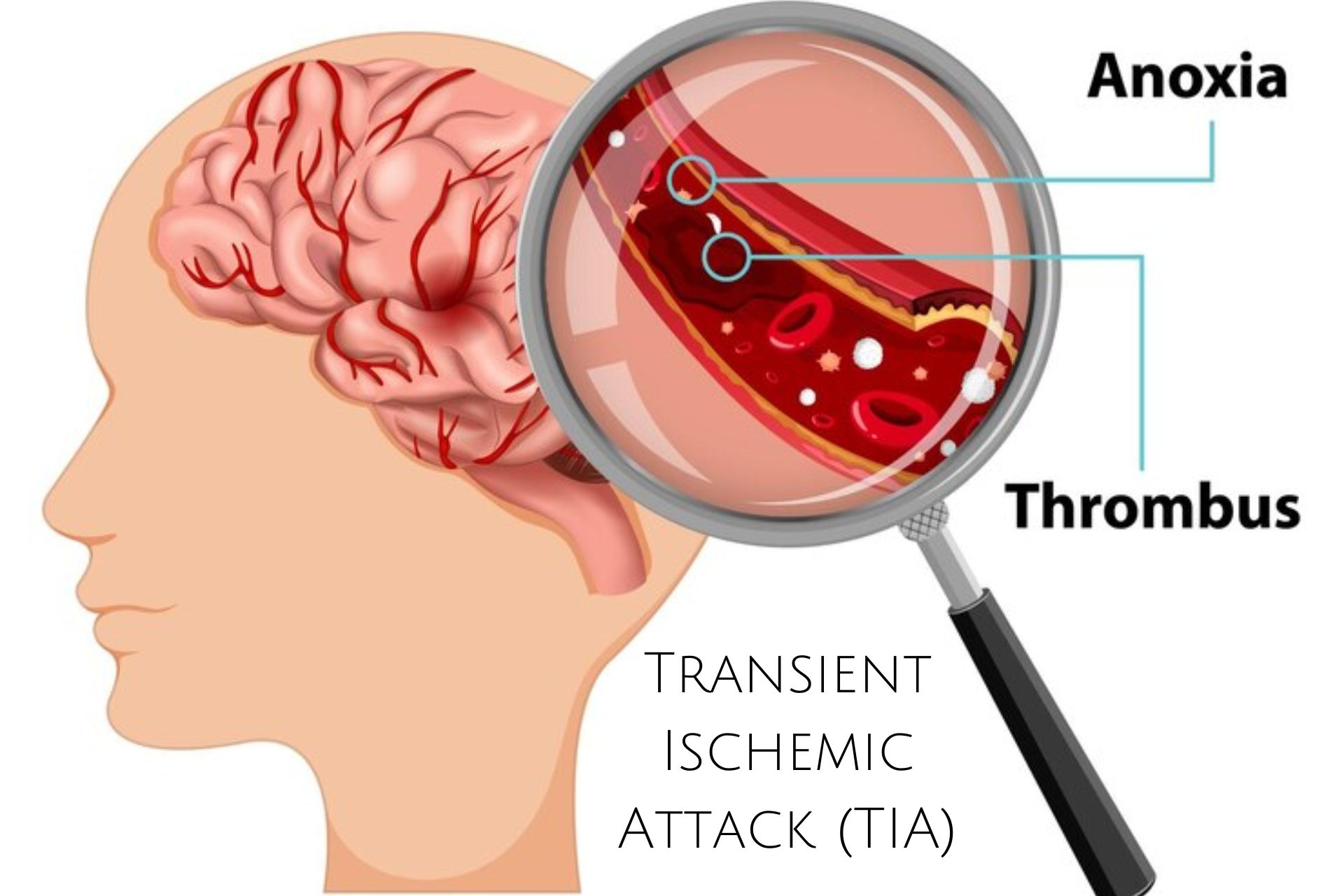
Also known as a "mini-stroke," a TIA is a temporary disruption of blood flow to part of the brain. TIAs produce symptoms similar to those of a stroke but typically last only a few minutes to a few hours and do not cause permanent brain damage. However, TIAs are warning signs of an increased risk of future stroke.
Cerebral Atherosclerosis:

Cerebral atherosclerosis refers to the narrowing and hardening of the arteries in the brain due to the buildup of plaque (fatty deposits).
Cerebral Venous Sinus Thrombosis (CVST):
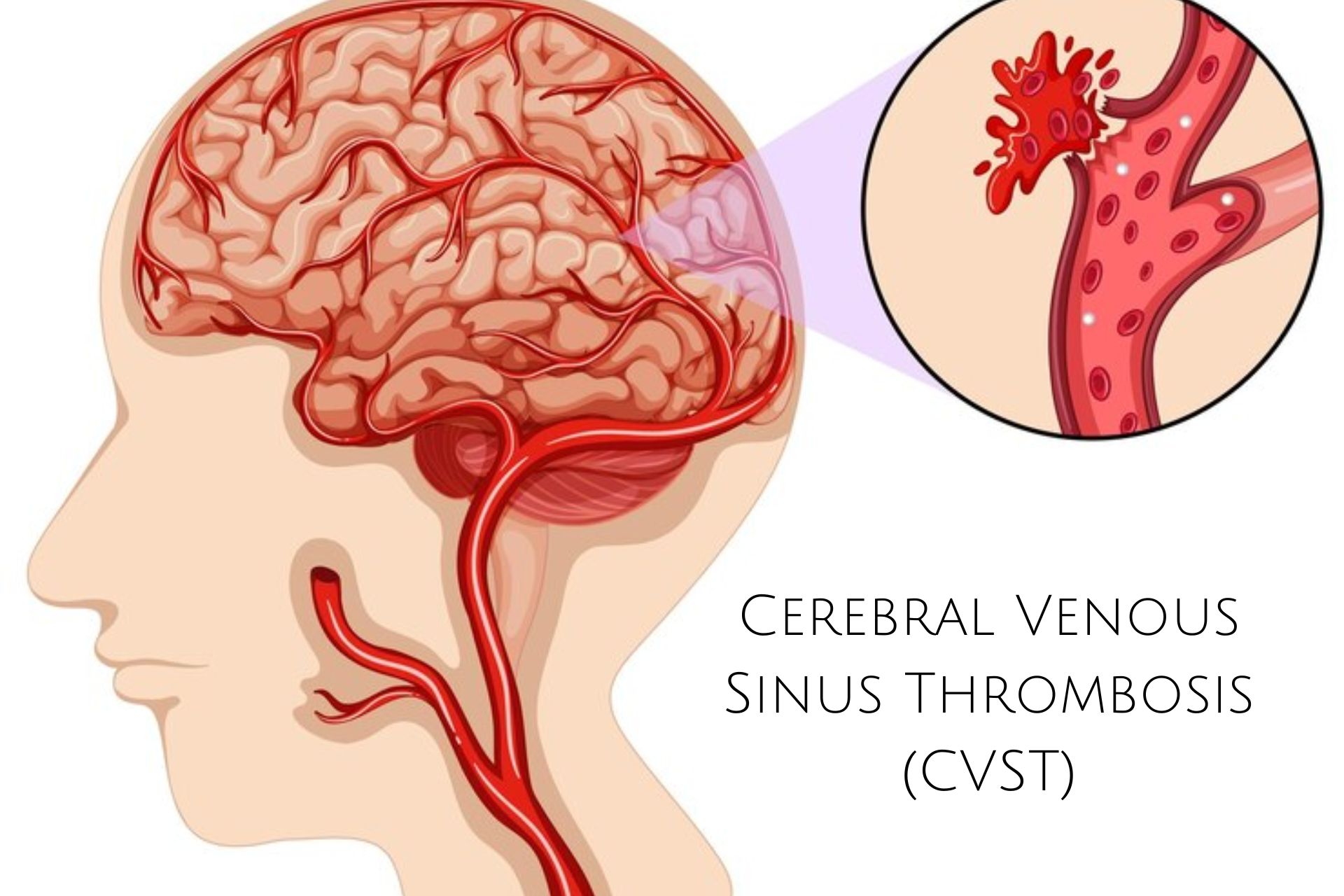
CVST occurs when a blood clot forms in the venous sinuses (large veins) of the brain.
Moyamoya Disease:
Moyamoya disease is a rare neurological condition characterized by the narrowing or blockage of the arteries at the base of the brain.
Treatment For cerebrovascular Disease :

The treatment for cerebrovascular disease depends on the specific type of condition, its severity, and the individual's overall health. Here are some common treatment approaches:
Medications:
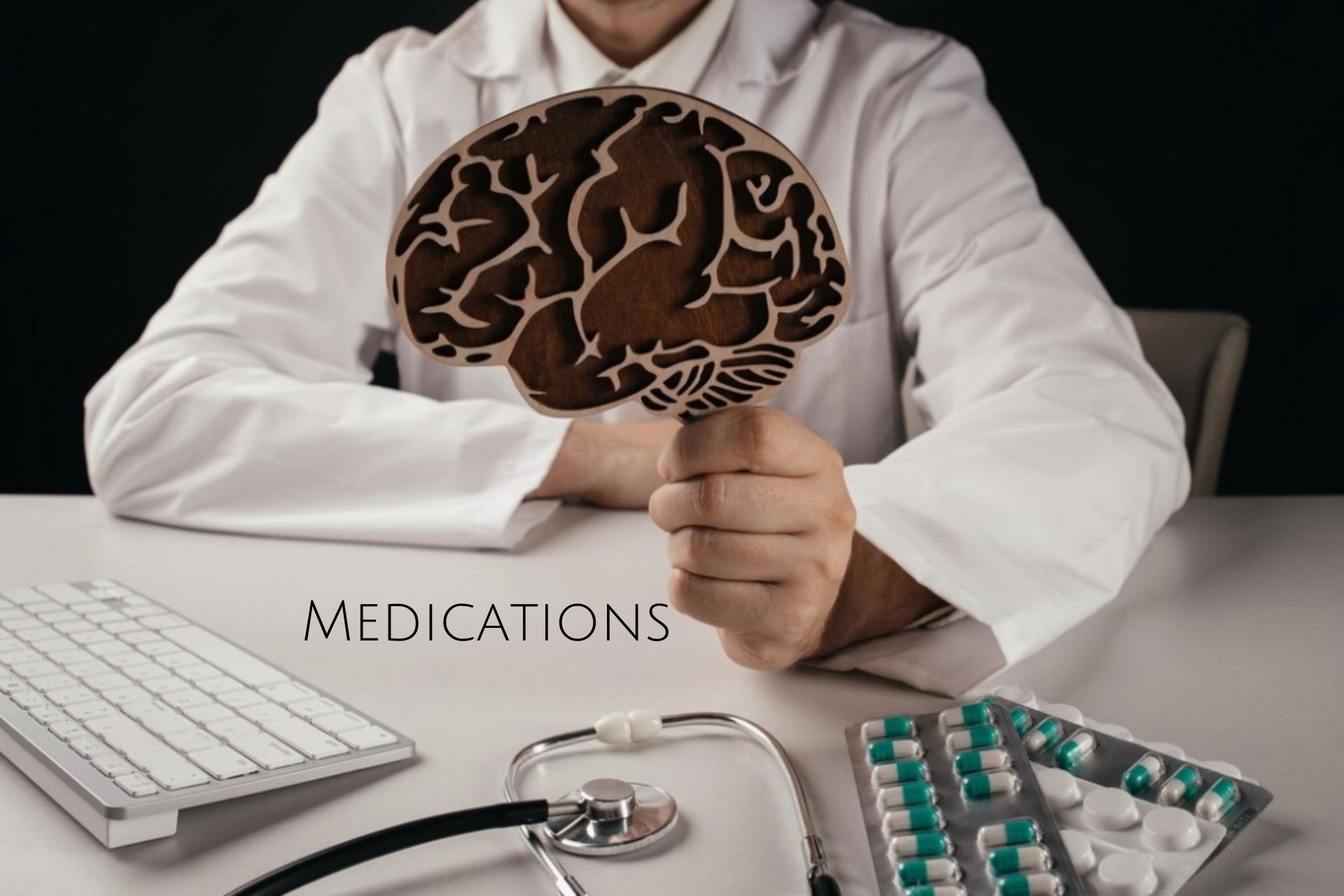
Depending on the type of cerebrovascular disease, medications may be prescribed to manage underlying risk factors and prevent further complications. These medications may include:
Anticoagulants or antiplatelet drugs to prevent blood clots from forming or getting larger.
Blood pressure medications to control hypertension and reduce the risk of stroke.
Cholesterol-lowering medications to manage high cholesterol levels and prevent atherosclerosis.
Medications intended to regulate underlying conditions such as diabetes or heart disease.
Thrombolytic Therapy:In cases of ischemic stroke, thrombolytic therapy may be used to dissolve blood clots and restore blood flow to the affected part of the brain. This treatment is most effective when administered within a few hours of the onset of symptoms.
Surgery:
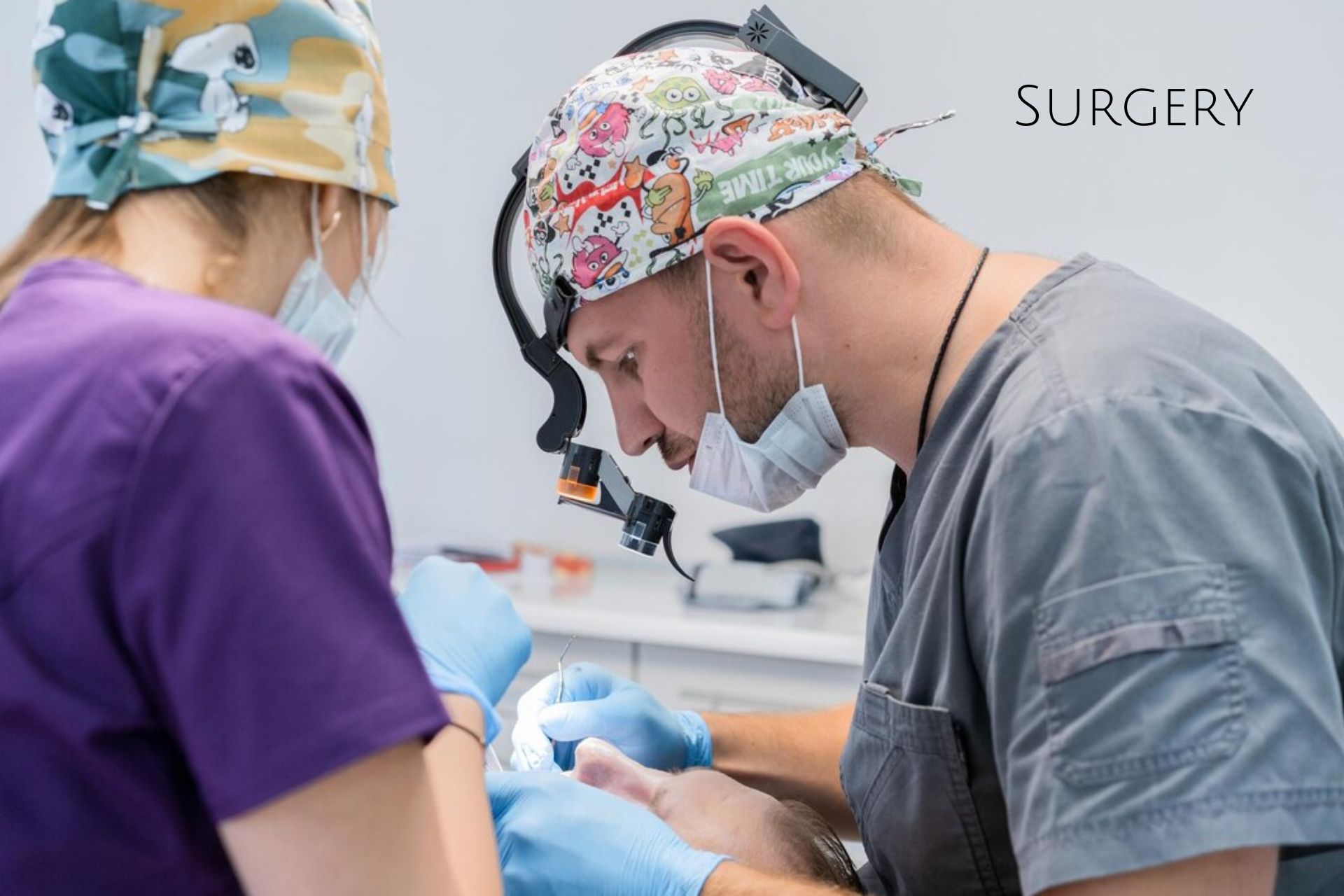
In some cases, surgical interventions may be necessary to treat cerebrovascular disease. Surgical procedures may include:
Carotid endarterectomy: Removal of plaque from the carotid arteries to improve blood flow to the brain.
Angioplasty and stenting: Insertion of a stent to open narrowed or blocked blood vessels and improve blood flow.
Surgical clipping or coiling: Treatment for aneurysms to prevent rupture and hemorrhagic stroke.
Lifestyle Modifications:

Lifestyle changes play a crucial role in managing cerebrovascular disease and reducing the risk of complications. These may include:
Committing to a heart-healthy eating plan that prioritizes minimal levels of saturated fats, cholesterol, and sodium.
Engaging in regular physical activity to maintain a healthy weight, lower blood pressure, and improve cardiovascular health.
Quitting smoking and avoiding exposure to secondhand smoke.
Limiting alcohol consumption.
Managing stress through relaxation techniques, mindfulness, and stress-reduction strategies.
Rehabilitation:

Following a stroke or other cerebrovascular event, rehabilitation therapy may be necessary to help individuals regain lost skills and improve functional abilities. Rehabilitation may include physical therapy, occupational therapy, speech therapy, and cognitive therapy.
Foods to be taken:

A heart-healthy diet plays a crucial role in managing cerebrovascular disease and reducing the risk of complications. Include sources of omega-3 fatty acids like fatty fish (salmon, mackerel, trout), nuts (walnuts, almonds), and seeds (flaxseeds, chia seeds) to support cardiovascular health and reduce inflammation. Opt for fiber-rich foods like beans, lentils, whole grains, and vegetables to help maintain healthy cholesterol levels and promote digestive health. Limit intake of saturated fats, trans fats, cholesterol, sodium, and refined sugars found in processed foods, fried foods, sugary snacks, and high-fat dairy products. By prioritizing nutrient-dense foods and mindful eating habits, you can support overall health and well-being while reducing the risk of cerebrovascular events.
Precautions:
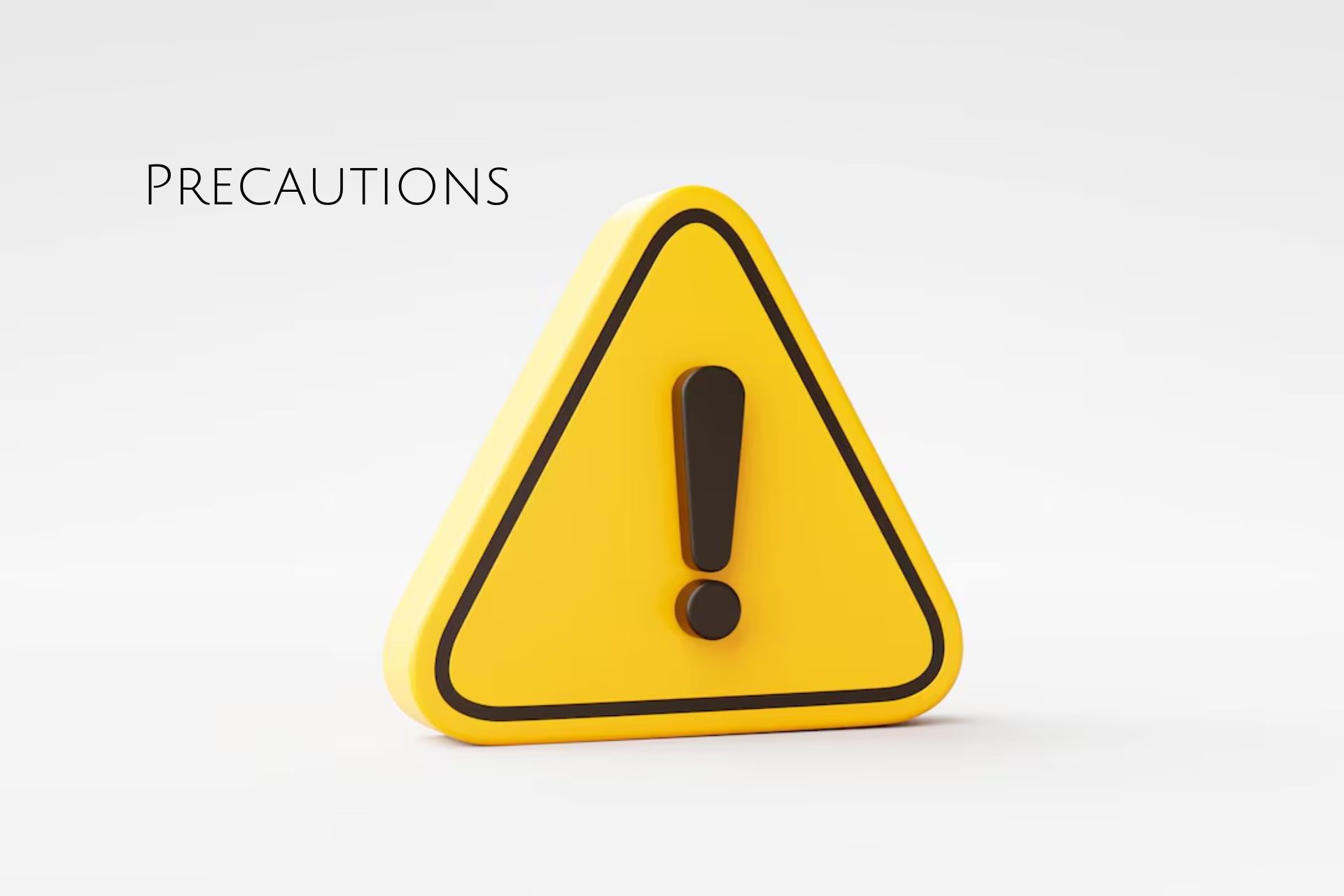
Precautions are essential for individuals with cerebrovascular disease to minimize the risk of complications and improve overall health outcomes. Here are some key precautions to consider:
Manage Risk Factors: Work closely with your healthcare provider to identify and manage underlying risk factors for cerebrovascular disease, such as high blood pressure, high cholesterol, diabetes, obesity, smoking, and sedentary lifestyle. Follow your treatment plan, take prescribed medications as directed, and monitor your health regularly.
Adopt a Heart-Healthy Lifestyle: Make lifestyle modifications to support cardiovascular health and reduce the risk of cerebrovascular events. This includes eating a balanced diet rich in fruits, vegetables, whole grains, lean proteins, and healthy fats, while limiting sodium, saturated fats, and refined sugars. Aim for regular physical activity, aiming for at least 150 minutes of moderate-intensity exercise per week.
Quit Smoking: Smoking is a major risk factor for cerebrovascular disease and can contribute to the formation of blood clots and narrowing of blood vessels. If you smoke, seek support and resources to quit smoking, and avoid exposure to secondhand smoke.
Manage Stress: Practice stress-reduction techniques such as deep breathing exercises, meditation, yoga, and mindfulness to promote relaxation and emotional well-being.
Monitor Blood Pressure and Cholesterol: Keep track of your blood pressure and cholesterol levels regularly, as uncontrolled hypertension and high cholesterol can increase the risk of stroke and other cerebrovascular complications. Follow your healthcare provider's recommendations for monitoring and managing these vital signs.
Maintain a Healthy Weight: Obesity and excess weight can contribute to hypertension, high cholesterol, diabetes, and other risk factors for cerebrovascular disease. Our goal is to maintain a healthy weight through a balanced diet and regular exercise.
Limit Alcohol Intake: Excessive alcohol consumption can raise blood pressure and increase the risk of stroke. If you choose to drink alcohol, do so in moderation, following recommended guidelines (up to one drink per day for women and up to two drinks per day for men).
Stay Informed: Educate yourself about cerebrovascular disease, its symptoms, risk factors, and preventive measures. Be aware of warning signs of stroke and seek immediate medical attention if you experience sudden onset weakness, numbness, difficulty speaking, vision changes, severe headache, or dizziness.
Maintain Regular Medical Check-Ups: Schedule regular check-ups with your healthcare provider to monitor your health status, discuss any concerns, and adjust your treatment plan as needed.
In conclusion, cerebrovascular disease represents a complex and potentially devastating condition that requires careful management, proactive prevention, and ongoing vigilance. As we've explored, understanding the causes, risk factors, symptoms, treatment options, and precautions associated with cerebrovascular disease is paramount for individuals at risk and their healthcare providers.
Recent Posts
-
Unlocking Your Body’s Healing Potential: The Role of Stemregen in Anti-Aging
In today’s pursuit of longevity and youthful vitality, anti-aging solutions are rapidly evolving, wi
-
Water Memory: The Quantum Perspective on Why Water is More Than H₂O
Water is everywhere—covering over 70% of the Earth’s surface, coursing through our bodies, and essen
-
What Are Biofilms and Why Are They So Hard to Get Rid Of?
Biofilms are fascinating yet challenging structures that have significant implications for health, i





